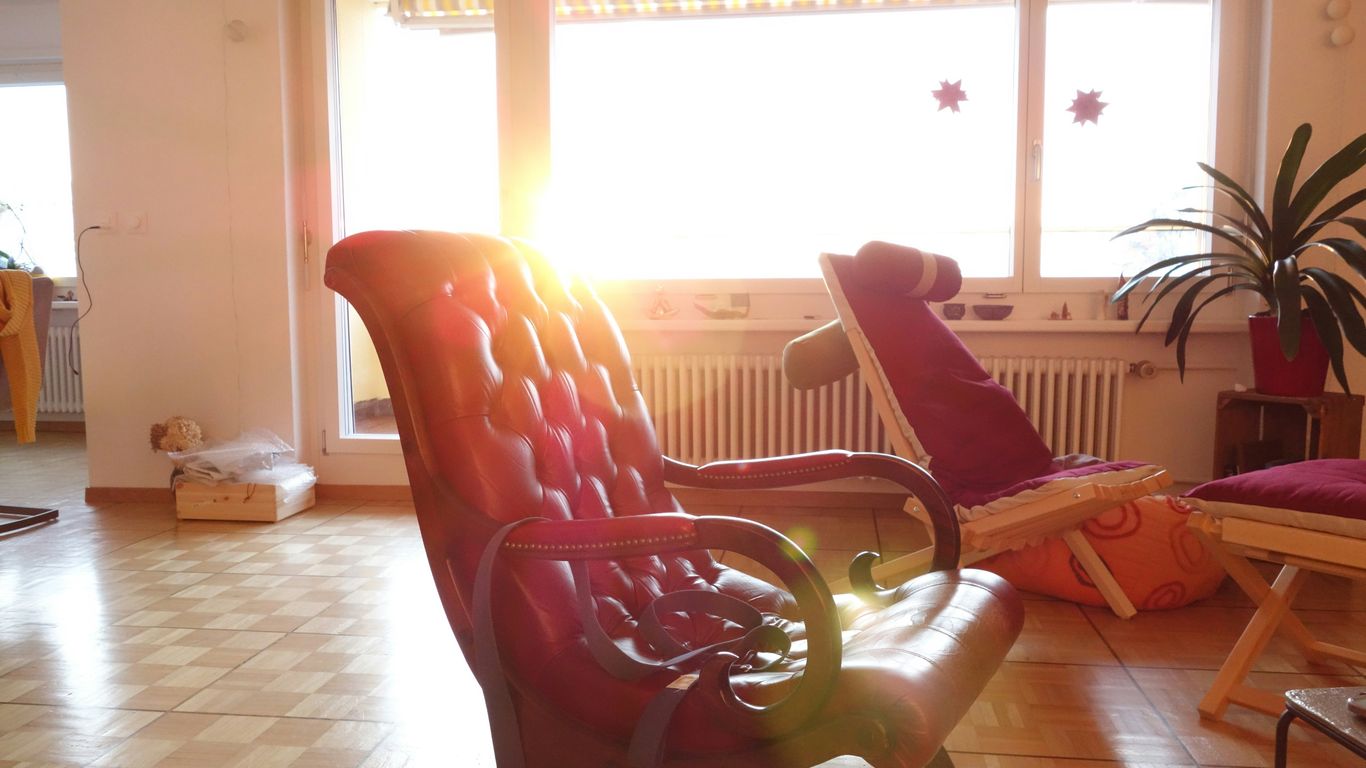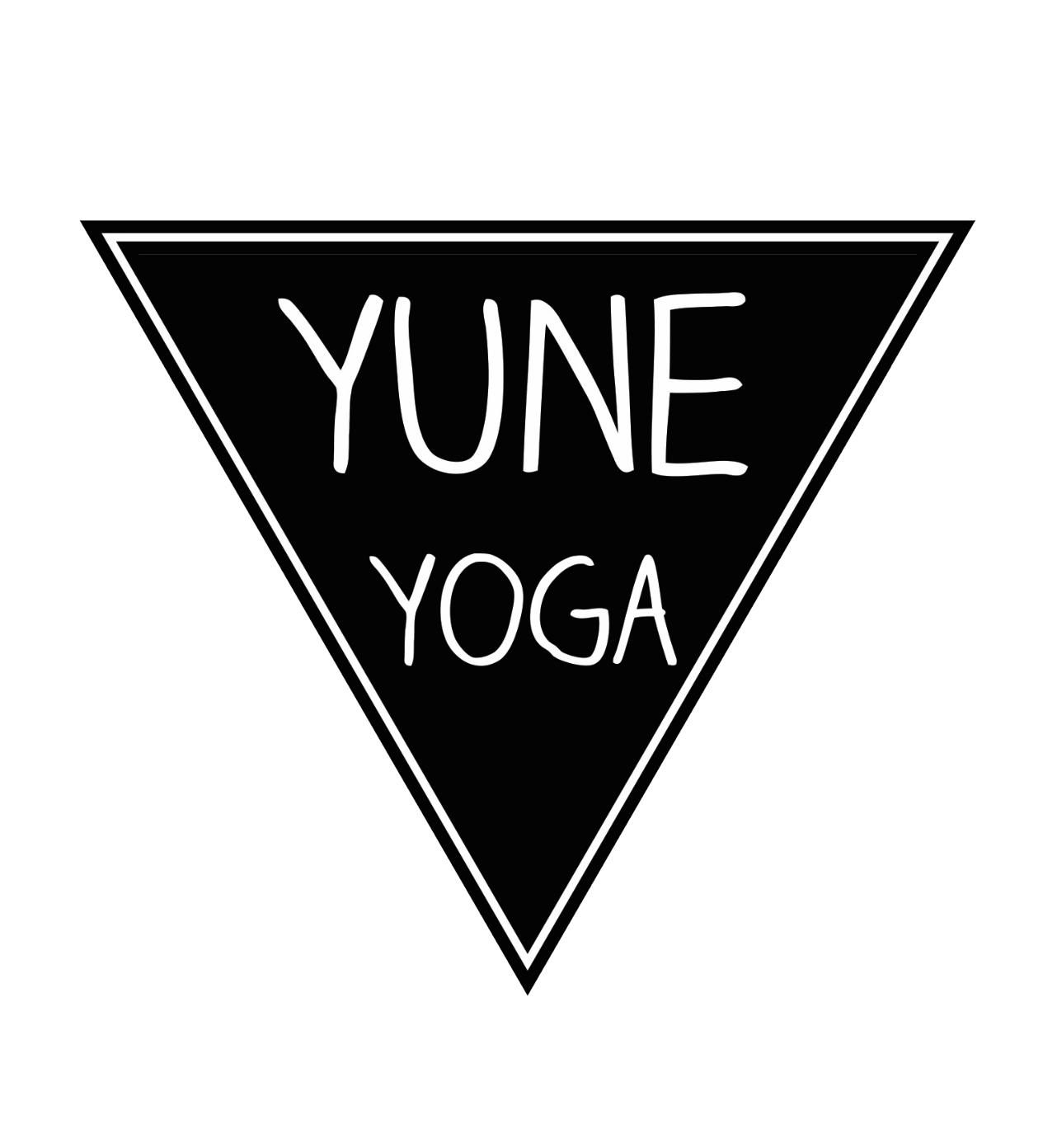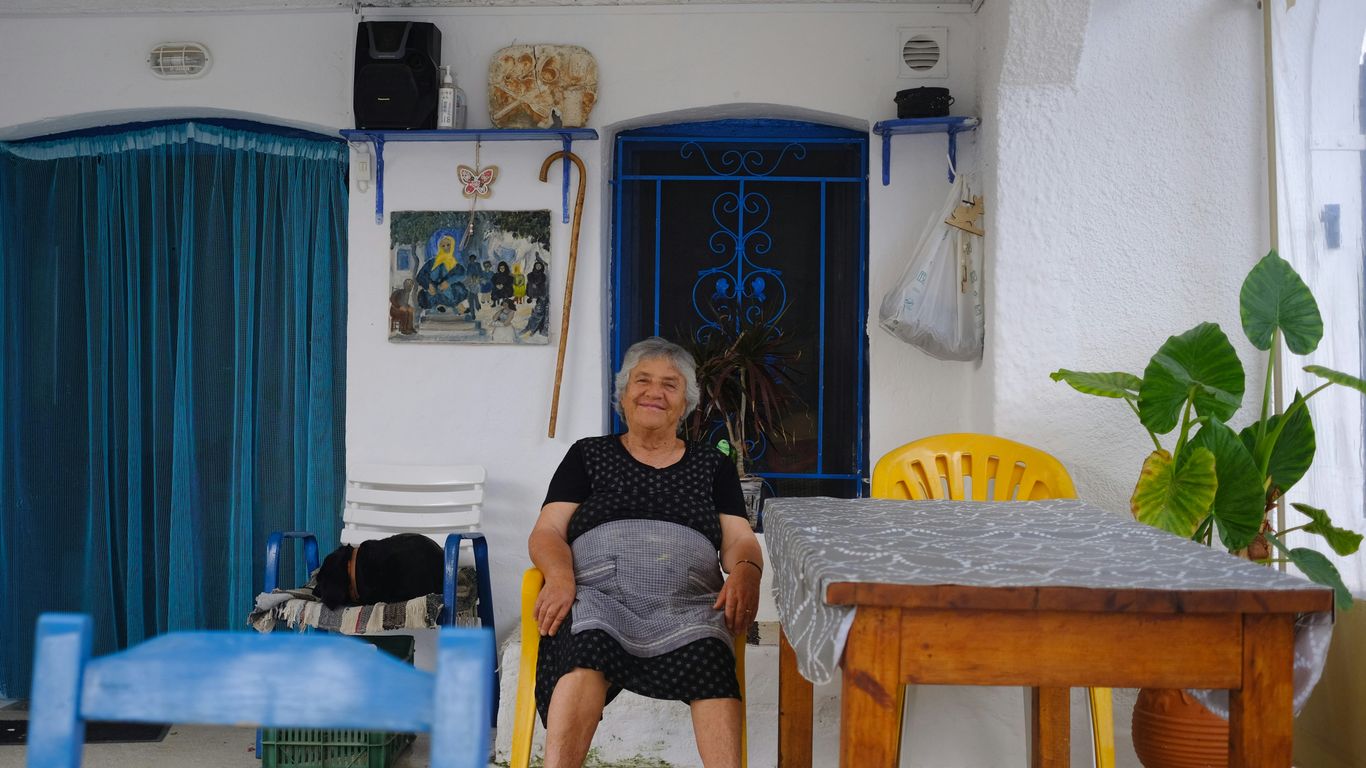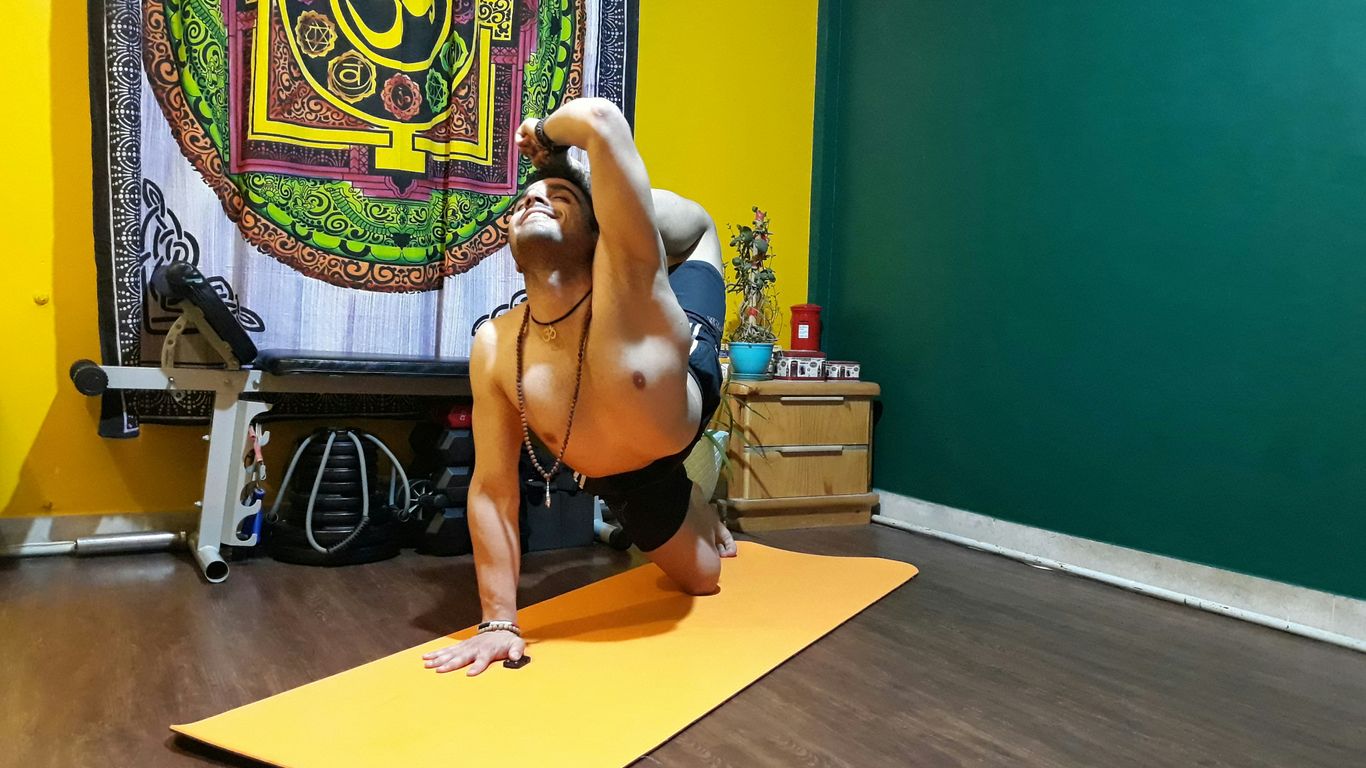
Chair Yoga for Elders: Gentle Seated Routines to Boost Flexibility and Well-being
Chair yoga for elders is a simple way to stretch, move, and feel better without needing to get down on the floor or do anything too tough. Many older adults find that regular exercise is hard on their joints, but chair yoga lets you move at your own pace while sitting down. You don’t need fancy gear or a lot of space. Just a sturdy chair and some comfortable clothes, and you’re good to go. These gentle routines can help you stay flexible, build a bit of strength, and even lift your mood. Plus, you can do it almost anywhere, whether you’re at home, in a group, or even while traveling.
Key Takeaways
- Chair yoga for elders is easy to start and doesn’t require special equipment or a gym.
- It helps improve flexibility, making daily tasks like reaching or bending feel easier.
- Gentle chair yoga routines can boost strength and balance, which may help prevent falls.
- Practicing chair yoga can also help with relaxation and support better mental well-being.
- You can adapt chair yoga for different needs, so it works well for people with limited mobility or joint pain.
Understanding the Benefits of Chair Yoga for Elders

Chair yoga has gained popularity among older adults because it offers a practical and friendly way to stay moving. It's pretty straightforward: all the movements are done while sitting or using a chair for support. This takes away the worry about balance or falling. Most people can try chair yoga, even with sore joints or if standing isn't easy.
Enhancing Flexibility and Range of Motion
One of the biggest changes folks notice is how much easier everyday tasks become — like picking up the mail or reaching overhead for dishes. Chair yoga gently stretches the body, loosening muscles and making movement feel less stiff. Doing these stretches several times a week can help:
- Reduce stiffness in the back, shoulders, and legs
- Make it easier to reach, twist, or bend during daily life
- Support independence for longer by making regular activities less hard
Here's a quick look at how flexibility improves after regular chair yoga sessions:
| Number of Weeks Practicing | Noticed More Flexibility (%) |
|---|---|
| 2 | 35% |
| 4 | 60% |
| 8 | 80% |
Many people are surprised to find how a few gentle movements can open up their range of motion and relieve tightness they've had for years.
Improving Strength and Balance
Staying sturdy on your feet is a big deal as we age, and chair yoga helps with both muscle strength and balance—even while seated. Stronger muscles mean lifting groceries, standing up from chairs, and walking can all feel easier. Balance-based exercises in chair yoga may reduce the risk of falls, which is a concern for many elders. Here’s how chair yoga supports strength and stability:
- Builds core muscles (belly and lower back)
- Keeps leg and arm muscles active without heavy weights
- Gradually boosts steadiness and confidence when moving
In a group of seniors practicing chair yoga for eight weeks, reports showed fewer trips and falls compared to those who didn’t.
Boosting Mental Wellness and Relaxation
Chair yoga isn’t just about muscles and joints—it makes a noticeable difference in how calm and focused you feel. Breathing exercises and gentle stretching curb everyday worries and restlessness. Many find their moods lifting, sleep improving, and stress shrinking as they make chair yoga part of their routine. Some benefits for mental wellness include:
- Less tension and irritability
- Better focus and memory
- An overall sense of calm, even on tough days
Regular chair yoga gives time for the mind to settle and the body to relax, offering a peaceful break from the fast pace or worries of the day.
All in all, chair yoga provides elders with a simple, supportive way to keep both body and mind healthy—without needing to leave the comfort of home.
Preparing for a Safe and Comfortable Chair Yoga Session

Finding the right chair can really change your whole chair yoga experience. You’ll want a sturdy chair with a firm, flat seat and no wheels. Skip the ones with cushioned seats or armrests, since those can be unstable or get in your way. If your chair feels a bit low, grab a folded towel or cushion to bring your knees level with your hips. Placing your chair on a nonslip surface—like a rug, or a good mat such as the 6mm Leo Yoga Mat—helps prevent any sliding around. A stable chair is the foundation of safe movement.
Here are a few helpful props:
- A yoga mat or rug for added grip and comfort
- Small pillow or folded towel for seat height and lumbar support
- Yoga blocks or resistance bands for accessible stretches
- Water bottle nearby to stay hydrated
When you’re set up with steady seating and some basic props, you’ll feel more confident exploring each movement without worrying about slipping or straining.
Selecting Proper Clothing
Wearing the right clothes during chair yoga makes a difference. Look for loose, breathable pieces—nothing tight or restrictive. Cotton tees or light activewear work well, and if your room tends to get chilly, keep a sweater nearby that you can take off once you warm up. Comfortable shoes with good grip or nonslip socks are ideal. Being comfortable makes it easier to focus on how your body feels, not what you’re wearing.
Try to avoid:
- Anything too tight or stiff around the waist or shoulders
- Heavy fabrics that make you overheat
- Long, baggy pants that could snag underfoot
Creating a Supportive Practice Environment
Setting up the space for chair yoga is sometimes overlooked, but it really shapes your mindset. Choose a quiet part of your home where you won’t be interrupted. Make sure there’s a clear space around your chair—a couple of feet clearance in all directions is best—so you don’t bang your arms or legs on furniture.
Here are some steps for a welcoming yoga space:
- Clear away clutter and trip hazards within reach
- Opt for natural light if you can, or use gentle lamps if not
- Silence phones or TVs to keep distractions low
The right space doesn’t have to be fancy. Just being able to move freely, with good light and some peace, will encourage you to stick with your sessions and enjoy them more.
Essential Chair Yoga Poses for Everyday Wellness
Chair yoga is a straightforward way for elders to stay active, even if traditional yoga feels out of reach. By using a chair, anyone can work on posture, loosen muscles, and build gentle strength without getting on the floor. These seated routines can help with day-to-day movement, ease joint discomfort, and offer a natural boost to mood.
Seated Mountain and Shoulder Rolls
- Seated Mountain (Tadasana) involves sitting with your feet flat on the floor, aligning your ankles and knees, and elongating your spine for better posture. Staying rooted and upright builds a sense of stability that carries through daily tasks. You can read a simple explanation of how to practice Seated Mountain.
- Shoulder Rolls help unwind tension that builds up in the neck and upper back. Move your shoulders in slow, circular motions—forward, up, back, and down. Repeat this a few times, breathing deeply as you go.
- Aim to hold Seated Mountain for up to a minute, focusing on your breathing, and do Shoulder Rolls for another minute.
Gentle Seated Twists and Forward Bends
- Twists: Place your right hand on the outside of your left knee, keeping your back tall. Inhale to stretch your spine, then exhale as you gently twist your chest to the left. Repeat on the opposite side. This builds mobility in your spine and helps digestion.
- Forward Bends: Sitting at the front edge of the chair, keep your feet hip-width apart. Inhale, lengthen your spine. Exhale and gently fold forward, hinging at the hips. Rest your hands where comfortable—on your thighs, shins, or feet. This gently stretches your back and hamstrings.
Steps:
- Sit tall and inhale deeply before each movement.
- Use your hands for gentle support.
- Move slowly—listen to your body's signals and don't push past what's comfortable.
Relaxing Cat-Cow and Ankle Rolls
- Cat-Cow: Place both hands on your thighs. On an inhale, arch your back and lift your chest (Cow). On the exhale, round your back and tuck your chin (Cat). Repeat three to five times. This gentle motion relieves spine and shoulder tightness.
- Ankle Rolls: Lift one foot a little off the ground. Rotate your ankle clockwise a few times, then switch directions. Change legs. This helps with circulation and can ease stiffness in your lower legs and feet.
| Tip: Taking time for these chair poses every day can help you feel stronger and more comfortable, even if you only practice for a few minutes.
Even on days when energy is low or movement feels stiff, chair yoga meets you right where you are—providing steady, supportive motion for body and mind.
Tailoring Chair Yoga for Specific Needs in Elders
Chair yoga is flexible—not just in the body sense, but also in how it can be shaped to fit each person's physical abilities. Personalizing the routines makes it possible for nearly everyone to feel the benefits, no matter their limitations or goals. Let's walk through practical ways to make chair yoga truly work for elders with a variety of needs.
Modifying Poses for Limited Mobility
- Keep transitions simple—avoid moves that require shifting in or out of the chair.
- Use the back or seat of the chair for extra balance and support.
- Focus on slow, controlled movements instead of intensity. Even small motions often bring results.
- Try incorporating props, such as slipping a rolled towel behind the lower back for spinal support or using a yoga mat like Horatio’s non-slip yoga mat underneath to prevent the chair from sliding.
Adjust the pace to your comfort level and remember—every stretch, no matter how small, still counts toward improved mobility.
Practicing Chair Yoga with Joint Pain or Arthritis
When working around joint issues, safety and pain management take center stage:
- Warm up slowly with gentle circles of the wrists, ankles, or shoulders.
- Avoid positions that cause sharp pain; instead, work within a pain-free range of motion.
- Favor fluid, rhythmic movements—don't hold stretches for too long.
- Use plenty of cushioning if needed (folded blanket or soft prop support).
| Joint-Friendly Tips | Description |
|---|---|
| Short sessions | Aim for 10-15 minutes to start |
| Frequent breaks | Rest as needed between movements |
| Skip challenging moves | Avoid anything that causes discomfort in joints |
Adapting Routines for Energy and Mood
Chair yoga can be both relaxing and revitalizing. The trick is to match the session to how you're feeling on any particular day:
- On low-energy days, focus on calming poses with deep breathing and gentle spinal stretches.
- For a mood boost, add light upper-body movements or ankle rolls to get blood flowing.
- Incorporate short seated meditation at the end or beginning to steady your mind if feeling anxious or blue.
You can always tailor your session—some days call for calm, others for a little more pep. The beauty of chair yoga is finding what gives you the best lift, physically or emotionally.
By making these thoughtful adjustments, elders can enjoy all the rewards of regular chair yoga, regardless of their mobility level, joint comfort, or energy each day.
Building a Routine with Chair Yoga for Elders
Building a daily chair yoga habit doesn't have to be complicated or strict, but consistency brings the most noticeable changes. A simple, steady routine helps the body loosen up, keeps the mind calm, and brings that sense of well-being everyone deserves. Let’s look at how to bring chair yoga into your every day in a way that feels easy and doable.
Establishing a Daily Practice
- Start by choosing a regular time, like right after breakfast or before bed, so it’s easy to remember.
- Keep it short at first—five to ten minutes is plenty, then add more time as it feels right to you.
- Use a simple log or check-list to track your sessions if you want a little motivation.
| Time of Day | Suggested Practice | Benefits |
|---|---|---|
| Morning | 5-10 min stretch | Wake up body, boost mood |
| Midday | 5 min movement | Reduce stiffness |
| Evening | 10 min wind-down | Relax, sleep better |
Some days you might only do a little. That’s fine—what matters most is just showing up for yourself, even if all you do is three deep breaths and a gentle twist.
Combining Chair Yoga with Breathing Exercises
Adding breathing work makes a big difference. It settles nerves and brings more oxygen into the body:
- Try deep belly breathing before you begin—inhale through the nose, exhale slowly through the mouth.
- During each pose, match your movement to your breath—for example, raise your arms as you inhale, and lower them as you exhale.
- After poses, pause for a couple mindful breaths, letting your body and mind absorb the benefits.
For even more support, virtual sessions that combine movement and breath can keep you engaged, like the gentle classes offered in this weekly virtual therapeutic chair yoga class.
Creating a Balanced Sequence with Warm-Up and Cool-Down
A smart routine always includes a little warm-up and cool-down:
- Warm-ups get your blood moving. Try shoulder rolls or ankle circles before deeper stretches.
- Your main poses might include twists, forward folds, or seated cat-cow stretches.
- Cool down with calming breaths and a gentle head tilt or just close your eyes for one quiet minute.
- Begin with 2-3 warm-up moves.
- Follow with 3-5 main poses for stretching and strength.
- Finish with 1-2 cool-down relaxation moments.
A balanced routine doesn’t have to be perfect or fancy—it just needs to feel good for you. Some movement every day is better than waiting for the perfect session.
Advancing Your Chair Yoga Practice Safely
Improving with chair yoga doesn’t have to mean taking risks or rushing. When you feel ready to add a new challenge, there are safe ways to build on your foundation and explore new movements. Safety stays at the heart of every step forward.
Progressing to Standing Support with a Chair
Once you’re comfortable with seated movements, you might want to introduce standing yoga using the chair as a sturdy base. This gives you balance and extra support while testing your strength and coordination a bit more.
- Always make sure your chair is stable and placed on a non-slip surface.
- Start with gentle exercises like calf raises or supported standing mountain pose.
- Hold on to the back or seat of the chair for balance at all times.
Taking things slowly when standing, and checking your surroundings for obstacles, lets you focus on feeling stable as you grow your skills.
Incorporating Light Resistance Props
Adding resistance can make the exercises feel fresh and slightly more challenging. This doesn’t need to be fancy—small props like bands or light weights can offer enough variety to keep things interesting.
Here’s a simple chart on resistance options:
| Prop | How to Use |
|---|---|
| Resistance Band | Loop around thighs for gentle seated leg lifts |
| Light Dumbbells | Hold during bicep curls or shoulder raises |
| Soft Ball | Squeeze between knees for muscle activation |
Key tips:
- Start with the lightest resistance and increase slowly.
- Stop if there’s any sudden pain or discomfort.
- Use props only if you feel confident with basic poses first.
Knowing When to Seek Professional Guidance
There are times when you should check in with a healthcare provider or a certified instructor, just to be sure you’re on track and doing things safely. Sometimes a new ache or instability needs a closer look, or specialized advice.
Ask for expert help if:
- You feel off-balance or dizzy during movements.
- Joint pain flares up or becomes constant.
- You’re unsure how to change poses safely for your needs.
Research suggests that modified routines like chair yoga for seniors can build confidence and help with balance, so getting input from a pro is an investment in safe progress.
Checking in with an instructor from time to time can make the difference between a positive challenge and a frustrating setback.
Conclusion
Chair yoga is a simple way for elders to stay active and feel better, even if getting up and down from the floor isn’t easy anymore. You don’t need fancy equipment or a special studio—just a sturdy chair and a few minutes a day. These gentle moves can help loosen stiff muscles, support your joints, and give you a little boost in energy. Plus, it’s a nice way to slow down and focus on your breath, which can help with stress. Whether you’re looking to stretch, build a bit of strength, or just want a break from sitting still, chair yoga is worth a try. It’s never too late to start something new, and your body (and mind) will thank you for it.
Frequently Asked Questions
What is chair yoga and who can do it?
Chair yoga is a gentle type of yoga where you do poses while sitting on a chair or using a chair for support. It’s perfect for older adults, people with limited movement, or anyone who wants a simple way to stay active.
Do I need special equipment for chair yoga?
No, you only need a sturdy chair without wheels or armrests. Wear comfy clothes that let you move easily. If you want, you can use a yoga mat under the chair to keep it from sliding, but it’s not required.
Is chair yoga safe for people with joint pain or arthritis?
Yes, chair yoga is low-impact and gentle on the joints. It can help reduce stiffness and pain. Always listen to your body and skip any moves that hurt. If you have health problems, it’s a good idea to talk with your doctor before starting.
How often should I do chair yoga to see benefits?
Doing chair yoga a few times a week is a great start. Even short sessions, like 10 to 20 minutes, can help you feel more flexible, stronger, and relaxed. The more regularly you practice, the more benefits you’ll notice.
Can chair yoga help with balance and prevent falls?
Yes, chair yoga can make your muscles stronger and help you practice balance in a safe way. This can lower your risk of falling and help you feel more confident when moving around.
Do I need experience with yoga to try chair yoga?
No experience is needed! Chair yoga is easy to follow and made for beginners. You can start at your own pace, and there are many simple routines you can try at home, in a group, or even while traveling.


